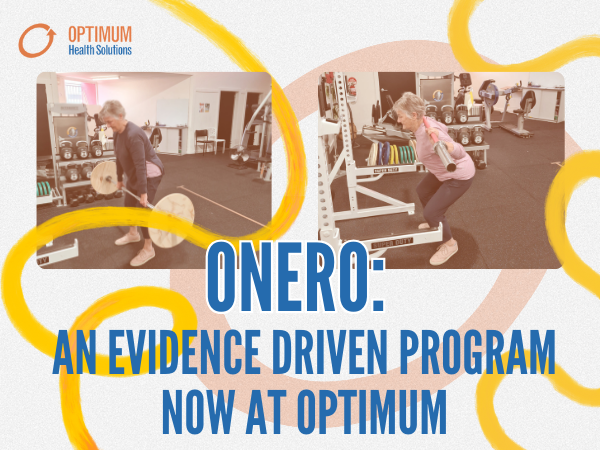Many patients that I deal with, go by the understanding that the ‘core’ is just your stomach muscles, however the core is a much more complex system. I like to use the term Core stability rather than core strength because strength is just one component of the dynamic stability required. Dynamic stabilization refers to the ability to utilize strength and endurance and motor control in a functional manner through all planes of motion and action despite changes in the centre of gravity.
Panjabi’s three system core model
Nearly 30 years ago, Panjabi created a model that still resonates with today’s understanding of the core. The model incorporates a passive subsystem, an active subsystem and a neural control system. The passive system consists of the ligamentous structures of the spine, whilst the active subsystem consists of muscles that attach directly and indirectly to the spinal column; this system however is only as good as the one driving it, the control subsystem (neural).

Passive Subsystem – Bony and ligamentous structures of the spine, integral component of spinal stability, however alone cannot withhold any comprehensive loads
Active Subsystem – Muscles that attach directly and indirectly to the spinal column; vital to allow for support of the body mass and additional loads associated with dynamic activity
Control Subsystem – Must sense the requirements of stability and plan strategies to meet these demands, thus activating muscles at the right time, in the right amount, and in the right sequence.
Global vs Local Musculature
A major step forward in understanding the core is when we became aware of the two different types of musculature, the global (dynamic phase) muscles that are large torque producing muscles such as the rectus abdominis, external oblique and the thoracic part of lumbar iliocostalis. Local (postural) muscles are those that attach directly to the lumbar and are responsible for providing segmental stability and directly controlling the lumbar segments during movement, these muscles include the lumbar multifidus, psoas major, quadratus lumborum, the lumbar parts of iliocostalis and longissimus, transverse abdominis and the diaphragm.
The neural system has the complex task of coordinating these two sets of muscles in the correct sequence. Through injury compensations may occur as a protective mechanism, for example a disc injury may result in tightening of the global musculature to increase stabilization which may decrease activation of the local musculature.
Important takeaways
- Core exercises need to begin at the most basic level (supine) to allow correct activation patterns
- Core exercises then need to be progressed to cover the principles of endurance, proprioception and also need to be covered in all three planes of motion (Sagittal/Frontal/ Transverse)
Contact an Exercise Physiologist at Optimum Health Solutions today to help you implement a specific core strengthening program that suits your needs.








